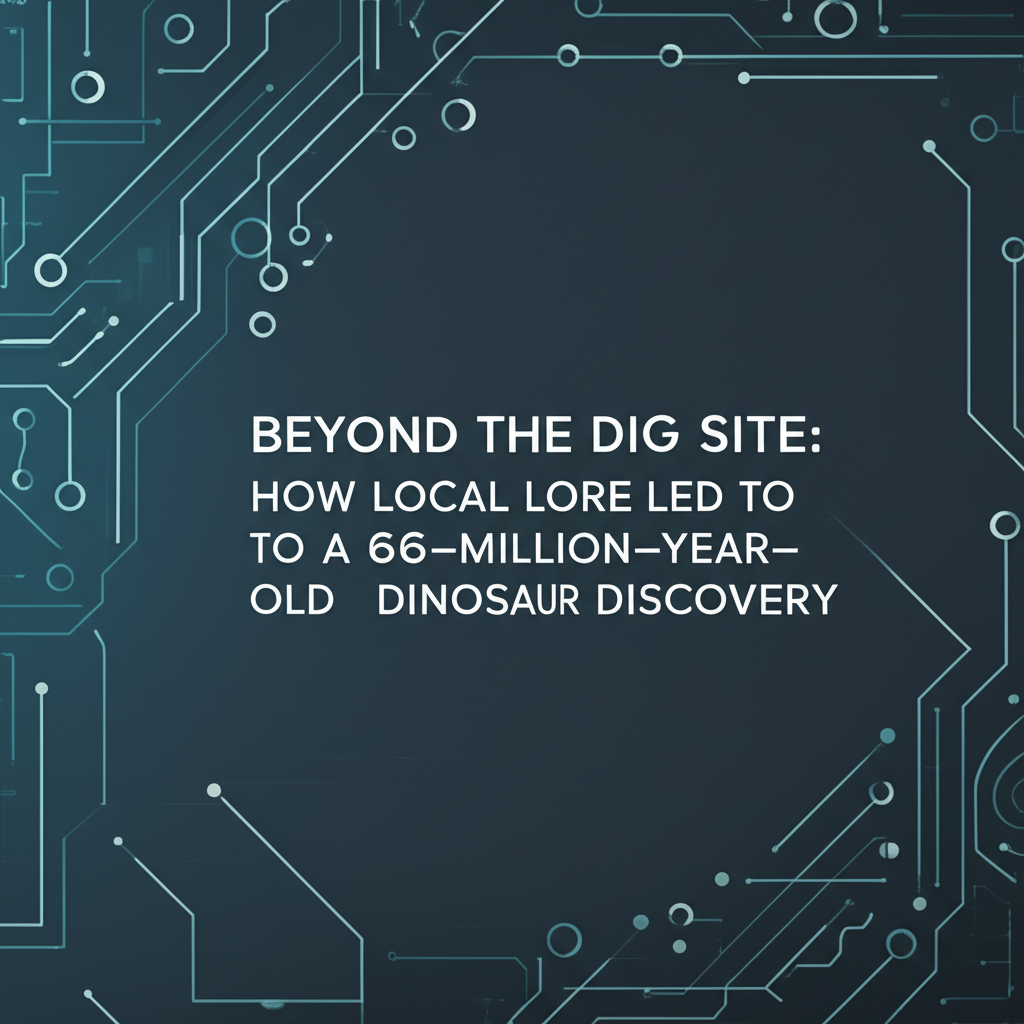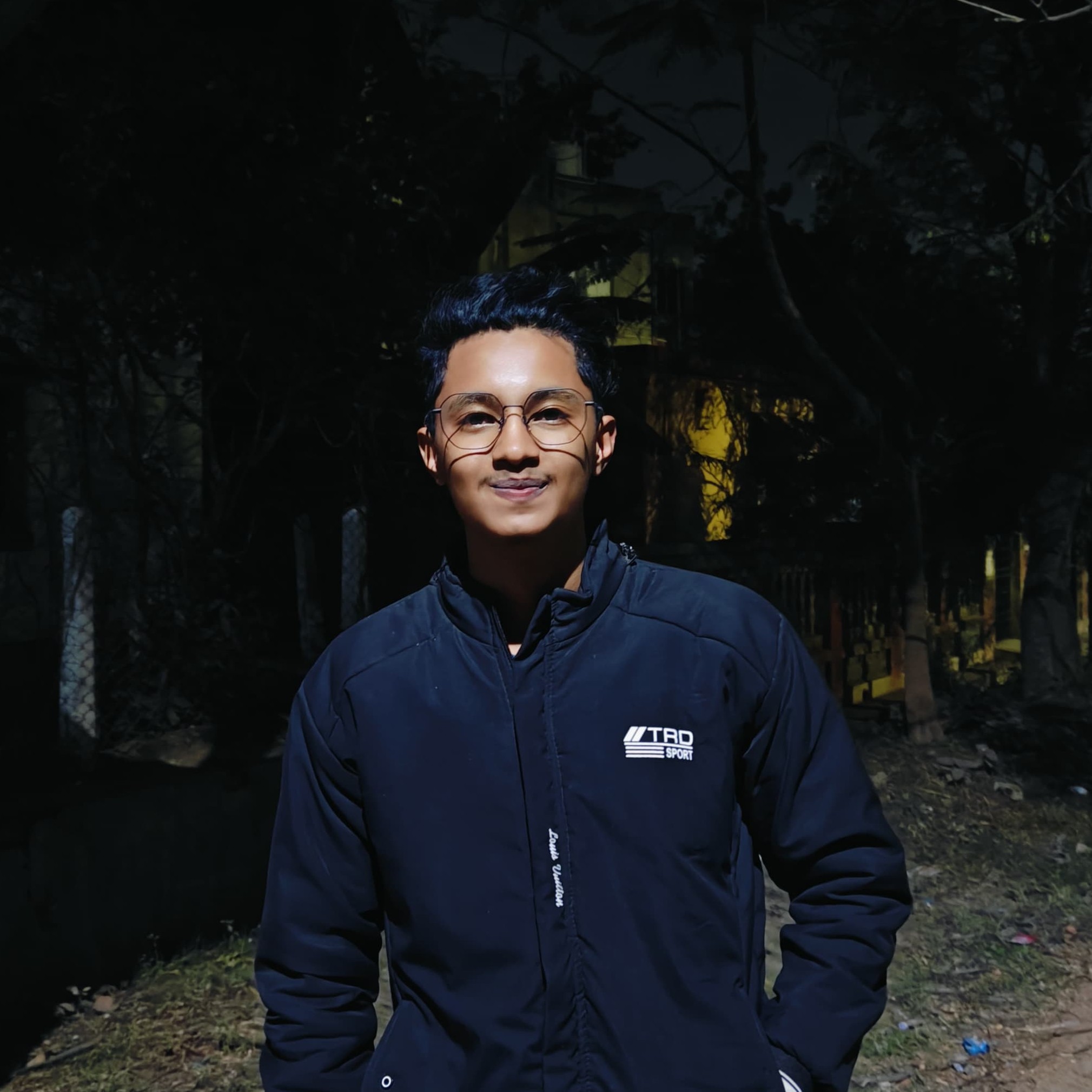Beyond the Dig Site: How Local Lore Led to a 66-Million-Year-Old Dinosaur Discovery
Unearthing prehistoric secrets often requires more than just shovels and brushes – sometimes, it takes a journey through local history.

In the vast, rugged badlands of Wyoming, where ancient earth whispers tales of epochs past, paleontologist Paul Sereno embarked on a unique quest. His target: a 66-million-year-old fossil. What's unexpected about this mission isn't just the incredible age of the potential discovery, but Sereno's unconventional approach – intertwining deep scientific rigor with the rich tapestry of local community history. This expedition underscores a fascinating truth: sometimes, the key to unlocking the planet's deepest secrets lies not just in cutting-edge technology, but in the living memory of its inhabitants.
The Unconventional Trail to a Prehistoric Past
Conventional wisdom suggests that fossil hunting is a solitary, highly technical endeavor. Yet, Sereno, known for his spectacular dinosaur discoveries, chose a different path. Rather than solely relying on geological maps and aerial surveys, he reached out to local ranchers, tapping into generations of intimate knowledge about the land. It was during these conversations that an unlikely piece of information emerged: stories passed down through families, including a rancher's great-grandmother's long-forgotten job in the very badlands Sereno was exploring.

This seemingly trivial detail about a great-grandmother's past employment became a crucial thread, leading Sereno to specific areas where human activity, even decades ago, might have exposed geological layers or noted unusual formations. This method, a blend of ethnography and paleontology, highlights the immense value of local knowledge, often overlooked by external researchers. It demonstrates that the human element, the 'oral tradition' of the land, can be as vital as scientific instruments in the pursuit of ancient life.
Bridging Generations: Science and Local Wisdom
The success of this approach is a testament to the power of community engagement in scientific research. By respecting and integrating the historical insights of the people who live and work on the land, Sereno not only gains access to invaluable data but also fosters a collaborative spirit. This partnership enriches both science and the community, allowing local residents to feel a sense of ownership and connection to the discoveries made in their backyard.
- ✨ Unlocking New Perspectives: Local narratives can point to specific geological features or anomalies that might otherwise be missed by standard survey methods.
- 💭 Building Trust: Engaging with communities builds trust and facilitates easier access to remote, privately owned lands, essential for extensive field work.
- 🌍 Holistic Understanding: Combining historical, cultural, and scientific data creates a richer, more comprehensive understanding of an area.
Implications for Modern Paleontology and Beyond
Sereno's discovery, likely a dinosaur fossil from the late Cretaceous period, isn't just another significant find; it's a paradigm shift in how we approach fieldwork in paleontology and other historical sciences. It champions a more inclusive, interdisciplinary model where the 'human factor' is not just tolerated but celebrated as a critical component of research. This method could be replicated in archaeology, geology, and environmental studies, proving that community-sourced intelligence can accelerate discoveries and foster deeper connections between science and society.

This story serves as a powerful reminder that the earth's oldest secrets are often intertwined with human history, waiting to be uncovered by those willing to listen to all its voices – from ancient rocks to whispered family tales. The fossil from Wyoming, once a silent sentinel of the past, now speaks volumes, not only about ancient life but also about innovative scientific methodology and the enduring value of human connection.





